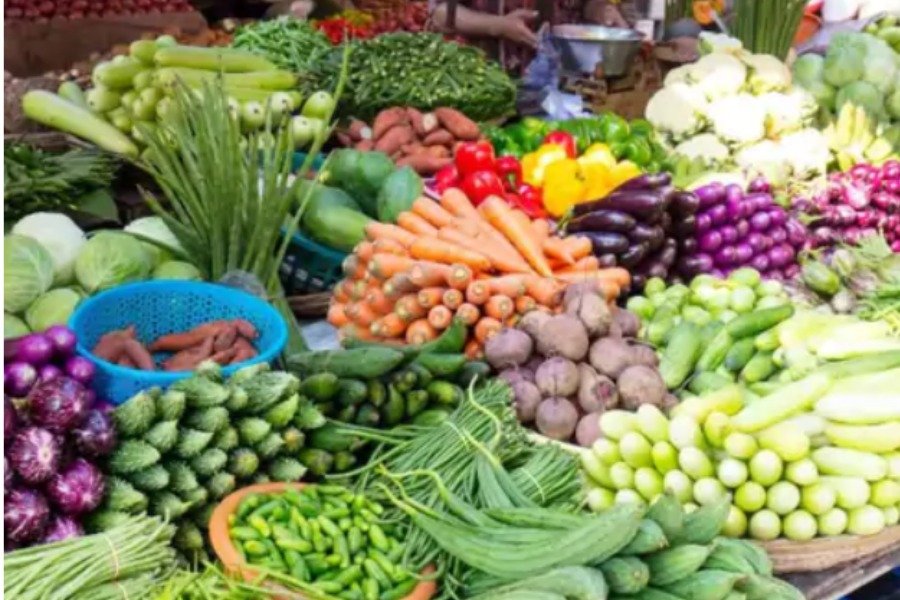Climate change and unusual weather patterns have caused vegetable prices to soar across the country this year. The delayed rainfall and extended monsoon have severely impacted vegetable crops, leaving little hope for price reductions. Adding to the strain is the onset of the wedding season, further pushing prices upward and straining household budgets.
Typically, vegetable prices tend to drop after the monsoon ends and winter begins. However, this year, continued rainfall through October has damaged crops, leading to a significant price hike. The rates, which were expected to decline, have instead risen further in November.
In regions like Maharashtra and Surat in Madhya Pradesh, unseasonal rains till November have severely affected vegetable production. This production shortfall, coupled with high demand, has driven prices up by 20-30% compared to the previous month, according to wholesale traders.
Staples like onions and potatoes, often called the poor man’s essentials, have shown no signs of a price drop. Currently, onions and potatoes are being sold at ₹50-60 per kilogram, nearly double their usual price of ₹20-30 per kilogram.
Other vegetables have also seen steep price increases. For instance:
- Tur prices have surged from ₹1,200-1,400 per quintal in October to ₹1,400-1,800 in November.
- Okra, which was ₹400-500 per quintal, is now ₹500-600.
- Ginger has jumped from ₹800-1,500 per quintal to ₹1,000-1,900.
- Carrots, previously ₹400-600 per quintal, now sell for ₹600-800.
- Brinjal prices have risen to ₹1,600-2,000 per quintal.
Tomatoes, cabbage, and chilies have also witnessed significant price hikes compared to the previous month.
A vegetable seller, Kanubhai, shared that the delayed rainfall in Madhya Pradesh and Maharashtra has directly contributed to the rising prices. With the wedding season underway, he predicts that prices may climb even higher in the coming weeks.



